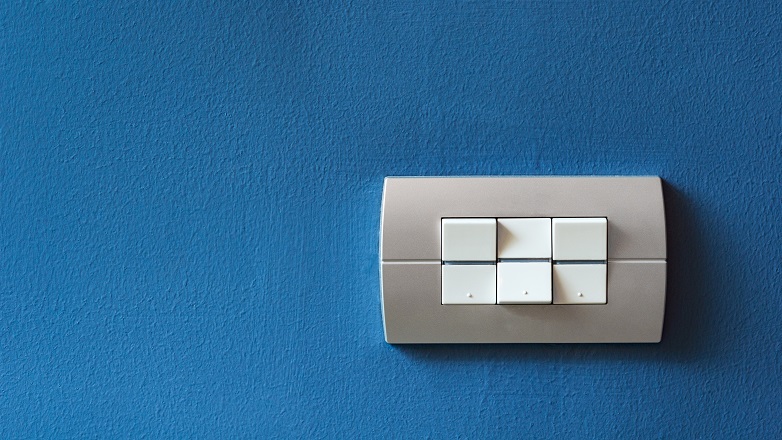Singapore Announces Pilot Trial for a Floating Energy Storage System (ESS), and a Roadmap for ESS Deployment Beyond 2020
The Singapore International Energy Week (SIEW) was held in Singapore from 26 October 2020 to 30 October 2020. The annual event, organised by the Singapore Energy Market Authority (EMA), saw the convergence of public and private players from the local and international energy scene to discuss key energy issues and innovative ideas to power the future.
Energy storage is critical for balancing capacity and demand of the grid as well as mitigating the intermittency of solar energy (the most viable renewable energy source for Singapore). As expected, pertinent updates on Singapore's adoption of energy storage systems (ESS) were announced at the SIEW 2020, adding to the distributed energy resources such as rooftop solar, demand management and electric vehicles which are all being harnessed to meet the urgent need to decarbonize.
Grant call for a floating ESS
EMA, in partnership with Keppel Offshore & Marine (Keppel O&M), has awarded a research grant of S$ 10 million to a consortium led by Envision Digital International to pilot a 7.5MW/7.5MWh lithium-ion battery ESS on Keppel O&M's floating living lab[1] – Singapore's first floating ESS. We have previously written an article on EMA's grant call in an earlier article here.
The testbed ESS would have enough capacity to power more than 600 four-room HDB apartments a day, and aims to utilise sea water to cool the battery cells using a liquid-cooling technology. It will also assess the feasibility of a battery stacking system, which can potentially reduce carbon footprint for deployment by up to 40%.
Beyond 2020 – Singapore’s ESS Roadmap
At the SIEW 2019, Minister for Trade & Industry Chan Chun Sing announced an energy storage deployment target in Singapore of 200 MW beyond 2025. EMA has commissioned the Energy Research Institute @ NTU and the Agency for Science, Technology and Research (A*STAR) to develop an ESS Technology Roadmap for Singapore (ESS Roadmap), which was released on 20 October 2020[2] .
According to the ESS Roadmap, lithium-ion battery ESS technology remains the most viable for Singapore given its relatively higher energy density. In the short to medium term, ESS can be applied in Singapore to, amongst others, manage the intermittency of solar energy deployment, as a back-up source of electricity and to support the emerging electric vehicle charging infrastructure.
The key recommendations from the ESS Roadmap for Singapore beyond 2020 are summed up below:
|
Time frame |
Objectives |
|
Short term |
Accelerate ESS deployment to meet the 200MW ESS deployment target and support Singapore’s solar energy targets:
|
|
Medium term |
Build up a vibrant ESS ecosystem to support national needs and economic growth:
|
| Long term (Beyond 2030) |
Seed and develop future technologies to ensure that local companies and the ecosystem remain vibrant and competitive:
|
The ESS Roadmap charts out a path that Singapore can adopt to develop an ESS ecosystem, with much work needed to be done in the short to medium term in order to sustainably rely on ESS. The ESS Roadmap is accessible here.
Role of regulation
The regulatory environment in Singapore will likely impact the rate at which ESS will be deployed in Singapore.
Currently, any person who owns a battery ESS that is directly or indirectly connected to the grid will need to be licensed under an Electricity Generation Licence or Wholesaler Licence depending on the name-plate rating per unit of the battery ESS[3] . Battery ESS with a name-plate rating of less than 1MW are exempted from licensing requirements.
To further develop Singapore’s ESS ecosystem, the ESS Roadmap highlights the need to define clear local ESS standards to ensure safe deployment and maintenance of ESS in Singapore. For instance, it is not an uncommon concern that a high penetration of solar PVs and corresponding ESS deployment may destabilise the grid system, and this may possibly trigger a need to regulate the minimum ESS size and placement in the network.
In addition, cybersecurity concerns will also come into play. The systems behind the ESS are regarded as a "critical information infrastructure" under the Cybersecurity Act (No. 9 of 2018), and will be subject to additional legal obligations and potentially codes of practices issued by the Cyber Security Agency of Singapore. Operators of ESS will need to ensure that appropriate cybersecurity safeguards are built into the ESS to prevent cyber-attacks or potential legal ramifications.
Another tricky aspect is the correct level of regulation to boost recycling and to dispose of end-of-life ESS batteries. For instance, while the Resource Sustainability Act (No. 29 of 2019) imposes requirements on the take-back of lithium-ion batteries, the ESS Roadmap proposes to go further to explore whether the existing regulations should cover disposal of end-of-life ESS as a whole (and not only the battery).
Clearly, regulation for the ESS space will need to be developed in tandem with various stakeholders, to ensure that innovation and commercialisation of ESS is not stifled whilst ensuring grid stability and public safety. Regulators in the ESS market will need to be mindful of the fast evolving technologies and innovations in this sector, and design policies and laws that encourage the most cost-effective and safe ESS whilst minimizing systemic risks.
This article is produced by our Singapore office, Bird & Bird ATMD LLP, and does not constitute legal advice. It is intended to provide general information only. Please contact our lawyers if you have any specific queries.
[1] https://www.zdnet.com/article/singapore-to-pilot-floating-energy-storage-system-invest-36m-in-low-carbon-research/
[2] https://www.ema.gov.sg/media_release.aspx?news_sid=20201021tjiKAqWWba6H
[3] Electricity Act (Cap 89A of Singapore)




